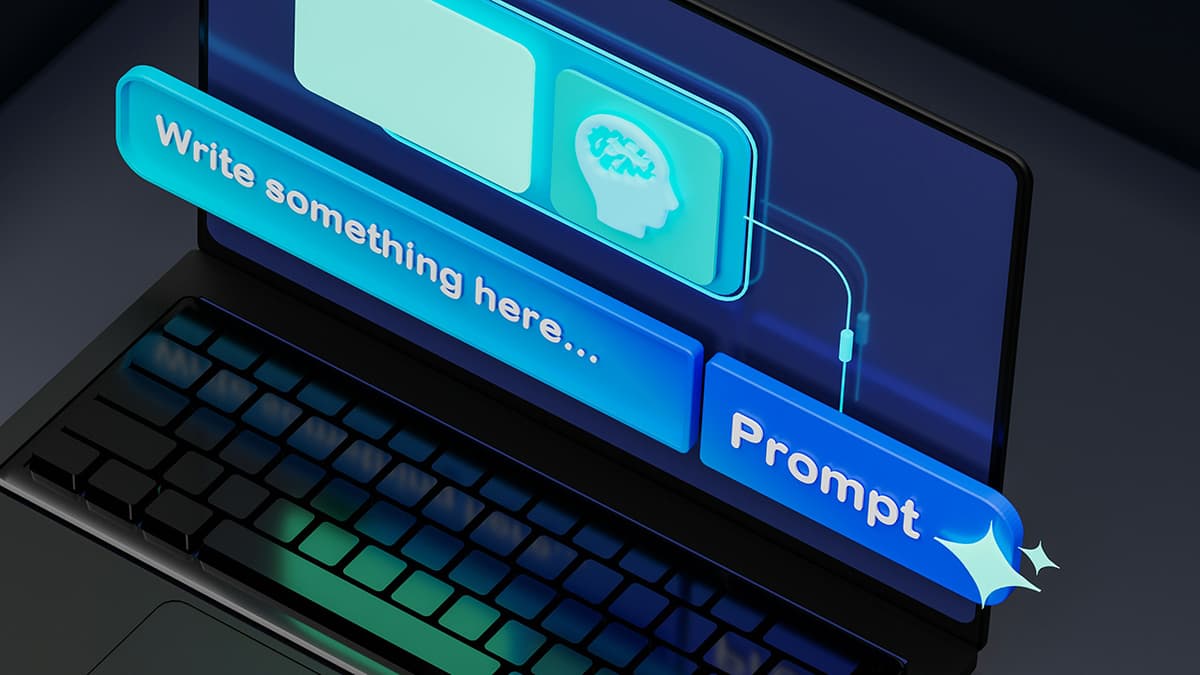Explain Me Retrieval Augmented Generation (RAG) In Very Simple Words
When you sit down to write a letter, an essay, or even a text message, you often pull from your memory—facts you’ve learned, tidbits you’ve read, and experiences you’ve had. You are using a type of what experts call "data retrieval." Now, imagine you’re a machine trying to do the same thing, but your memory is basically the vast internet. That’s where Retrieval-Augmented Generation (RAG) comes into play. It's a bit like having a super-smart friend who can speed-read the whole web to help you answer questions and create new text!
How does RAG work its magic in simple words? Let's find out.
Everything at Your Fingertips
Imagine you have an enormous library in your house, filled with every book, article, and piece of information in the world. Now, whenever you need to write about something, you zip to the right shelf, grab the correct book, and find exactly what you need. Sounds handy, right?
In the digital world, RAG works in a similar way. It’s a type of artificial intelligence that combines two big ideas: looking things up (retrieval) and creating text (generation).
Searching for Nuggets of Gold
Firstly, the "retrieval" part. RAG starts off by receiving a question or some prompt that needs an answer or expansion. RAG acts like a super-speedy librarian. It searches through a vast database (think of it as its own version of the internet or an encyclopedia) to find relevant information that can help answer the question. This database is stored in a separate but connected system that the RAG model can query.
But here's the thing: RAG doesn't just grab any old piece of info—it looks for the golden nuggets, the bits that are most helpful and on-topic. The model will select documents or pieces of text that it thinks contain the answer or can help compose one.
Creating Something New
Once RAG has found its nuggets of information, it moves to the next phase: "generation." This is where RAG takes the retrieved information and uses it to craft a response or write something new. It doesn't just spit out what it finds word for word. Instead, it blends the information with what it already knows to write original text that makes sense.
It's as if you read a bunch of articles about, say, panda bears, and then you wrote an essay on pandas in your own words, all without plagiarizing a single sentence from those articles.
Learning and Getting Better
What's really cool about RAG is that it learns over time. The more it looks stuff up and writes things, the better it gets at understanding what information is useful and how to use it. It's like getting better at research for a school project—the more you do it, the faster and more accurate you become.
A Friend to Chatbots and More
RAG is a real game-changer for stuff like chatbots (computer programs you can 'talk' with) and answering trivia questions. Before RAG, chatbots could be a bit hit or miss because they had a limited amount of stuff they knew. Now, with RAG, they have access to a whole sea of information they can dive into and use to chat back with much smarter answers.
Making a Splash
Tech giants like Google and others are super interested in RAG because it can help power search engines, virtual assistants, and even write articles. With RAG, they can provide users with on-point answers and information that feels like it came from a human, not a robot. And for students and researchers, RAG models could help them sift through mountains of data to find what they need fast.
Simplicity Is Key
Though RAG might sound complex, at its heart, it's really just about two things: finding the right information and using that information to make something new and useful. By combining these two things, RAG is sort of like having an invisible helper that can sift through a world of facts and figures to help you with whatever you're working on.
And the beauty of RAG is that it’s getting better all the time. So next time you see a really smart chatbot or a search engine that seems to read your mind, it just might be RAG working its magic behind the scenes.
There you have it—a lightning tour of what Retrieval-Augmented Generation is and why it's a big deal. It's a kind of digital wizardry that's making machines much, much smarter.












